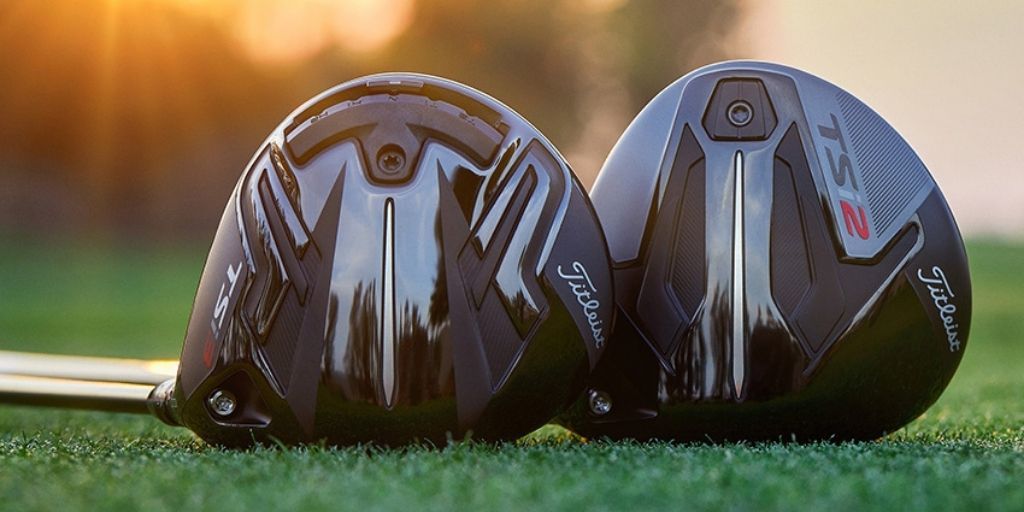
Since its release in the fall of 2018, the Titleist TS Driver line has been one of the most popular drivers on the PGA Tour and beyond. The TS drivers also firmly entrenched Titleist as one of the category leaders and finally shed their reputation of making "slow and spinny" drivers. Not surprisingly, Titleist now looks to ride the wave of success brought by TS as they introduce the TSi (Titleist Speed Impact). The TSi2 and TSi3 drivers are now available, and I have had a chance to test them out in multiple fitting sessions to see what kinds of golfers can benefit from the new technology.
The Main Focus
The word from Titleist is that their engineers were focused on advancing ball speeds while making a “MASS”ive move in the forgiveness direction. Moving the mass…for forgiveness… Do you see what I did there?
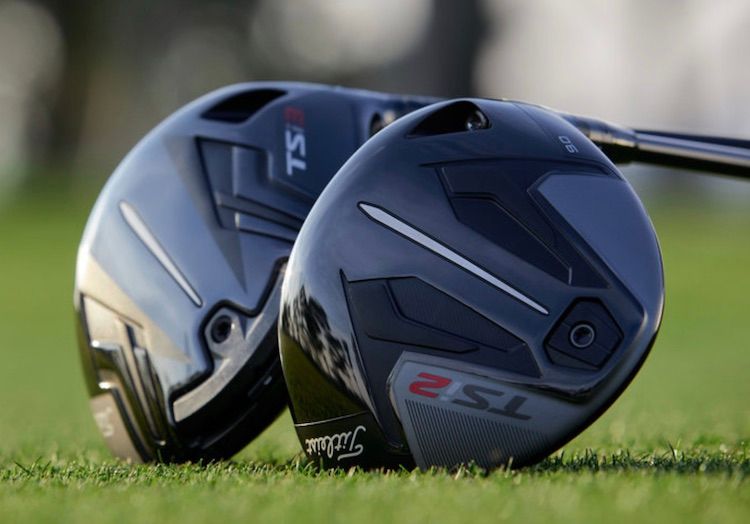
With the TS metals line's success, Titleist is greeted with the age-old problem of having a tough act to follow. So what to do? To quote another oft used phrase, they called in the “Big Guns” from a metal company called ATI.
Who Is ATI?
ATI is a US metals company based in Pittsburgh, Pennsylvania, specializing in commercial aeronautics and military-grade metallurgy. The ATI website shows their products are used in everything from military-grade armor plating to reusable spacecraft. The ATI Logo is proudly inscribed directly on the face of the TSi drivers.
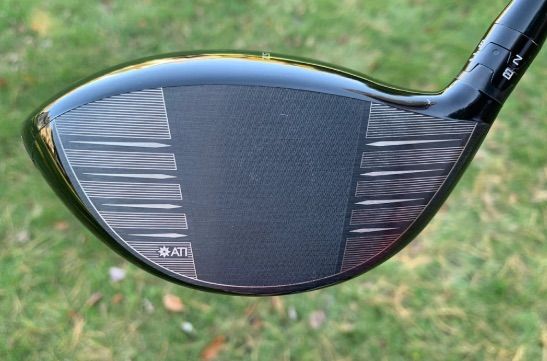
So what has ATI done for Titleist? The new ATI 425 titanium face insert used in the TSi metals boasts a 6% increase in strength and a 30% increase in ductility compared to conventional titanium alloys used in golf club construction. Ductility basically measures how much the metal can be manipulated without losing strength, in this case, thinned to create the fastest ball speeds possible.
Along with the face design, ATI contributed their aerodynamics expertise to reduce drag (15% less drag in TSi vs. TS) and thus increase clubhead speed.
*I’ll note that this is a challenging measurement to quantify in fittings. I’ve not personally seen a jump in clubhead speed I can attribute to the driver's shape.
Speed and Forgiveness
All of this sounds great, but when it comes to drivers, you must also have forgiveness when there is speed. The most often used metric for forgiveness is MOI (Moment of Inertia), which is the club’s resistance to twisting, specifically important on off-center hits. Simply put, higher MOI equals straighter and longer miss-hits. The key to MOI is weight distribution throughout the head.
Think of a figure skater executing a spin. If the skater’s arms are wide, they spin slower. Once they pull their arms to their body, they can spin much faster. Wider weight distribution equals less twisting.
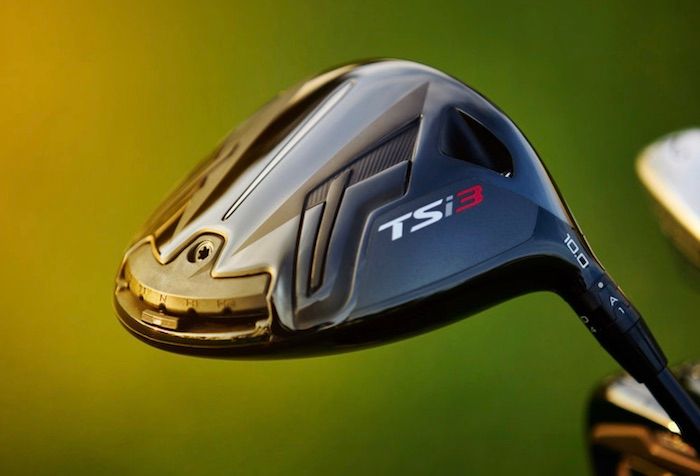
With this higher MOI and the resulting deeper Center of Gravity, Titleist found more forgiveness and slightly higher launch. The new drivers will be available in lower stated lofts (8 degrees in both the TSi3 and custom TSi2) to address this. Combined with Titleist's 16 positions Sure Fit hosel, you can play a TSi2 or Tsi3 as low as 7.25 degrees of loft.
Spin Stability, and Why It's So Important
Titleist is one of the first companies I’ve seen actually tout “Spin Stability” when talking about forgiveness.
When I fit a client, I go to great lengths to tune the head, loft, weight, and shaft to deliver optimal launch and spin numbers. Add high ball speed to the perfect launch and spin conditions, and you’ve got the perfect formula for maximizing distance. It’s infuriating when I have these launch conditions dialed in on center strikes only to see a mishit increase spin by 1,100 RPMs and leak 30 yards of potential distance out of a drive.
There’s all this talk in the industry about maintaining ball speed on off-center strikes, but truthfully, I don’t really mind losing 4 or 5 mph ball speed on a toe strike. As long as the launch and spin stay fairly consistent, the ball will still be in the optimal flight window, and the loss in distance can be as little as 10-15 yards.
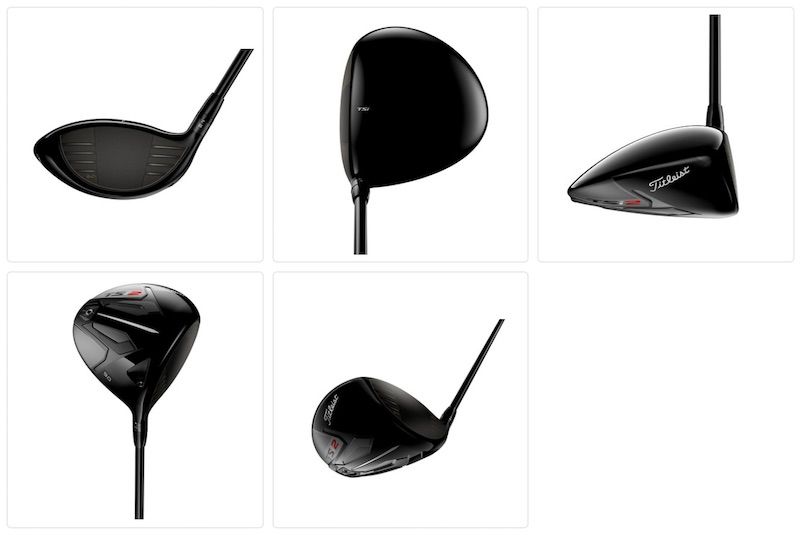
Sounds good in theory, But how will it perform for you?
My Fittings with the Titleist TSi2 and TSi3 Driver
Like any clubfitter will tell you, you’ll need to hit them yourself to know for sure. But here are some of the results I’ve seen since I began fitting the TSi metals a few weeks ago.
- Billy (Average driver swing speed 92 mph, Attack angle -2*) had a 4-year-old driver. His new TSi3 increased his average drive distance by 20 yards.
- Nick P. (Average driver swing speed 98 mph, Attack angle -1.5*) had a 7-year-old driver. His TSi3 increased his average driver distance by 12 yards.
- Nick S. (Average driver swing speed 114 mph, Attack angle +1*) had a 3-year-old driver. His new TSi2 increased his average driver distance by 11 yards.
- Bobby (Average driver swing speed 100 mph, Attack angle +3*) had a 5-year-old driver. His new TSi2 increased his average driver distance by 17 yards.
- Dave (Average driver swing speed 92 mph, Attack angle -4*) had a 1-year-old driver. Chose not to upgrade, his TSi fitting added an average of 4 yards.
- Josh didn’t get fit on trackman; he just took the TSi3 head out and put it on his shaft. “This thing is ridiculous; I want it as soon as it comes into the store.” Josh swings driver in the 120 mph range.
While the distance numbers are important and, of course, almost everyone is after driver fittings, 4 of the 6 also showed significantly tighter dispersion and consistency in flight conditions. They hit the ball in the fairway more often and had a more consistent launch and spin numbers. This is a BIG deal in driver fitting.
Choosing Between the TSi2 and TSi3
On Titleist's website, they make a fairly generic distinction between the TSi2 and TSi3:
"TSi2 Driver - Pure Distance: For players seeking incredible speed and accuracy across the entire surface of the face."
"TSi3 Driver - Dynamic Distance: For players who create consistent contact and require more precise control over CG placement."
It’s been interesting to see that the adage of slower speed, less skilled players play the “2” and higher speed, better players play the “3” no longer seems to be the norm. Digging deeper, I’ve made a couple of observations:
- Faster players hit the ball further, and at times, further offline. A lot of these golfers want to hit it straighter, which the TSi2 does.
- With shaft companies getting better and better at producing low spin shafts, players aren’t always forced to play low spin heads. This means the TSi3 isn’t always the best head for players with a negative angle of attack.
- The numbers between the two heads are close enough that preference of look can help the player decide without sacrificing much if any performance.
- The TSi3’s movable weight is a fantastic resource. The weight plus the SureFit hosel allows the fitter to place the center of gravity behind the player’s strike point and help straighten out the shot pattern.
Launch Monitor Results
If you’re a numbers geek like me, here are some results from my fitting that put my gamer TS3 up against the new TSi which gave me 5 mph faster ball speed (Note: fitting was conducted outdoors at Valhalla Golf Club using Titleist ProV1 range balls).

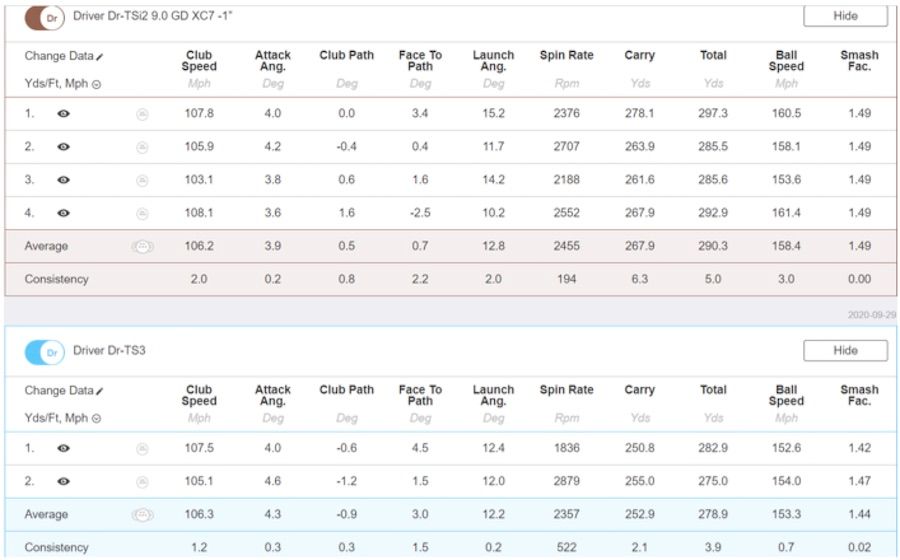
As you can see, there were some significant upgrades in speed and distance with the TSi2 versus my TS3 driver.
Here are some more numbers from my first session, hitting my actual new TSi2 driver on Trackman at my store. As you can see, the numbers continue to impress. 22 shots, average smash 1.50... Wow.
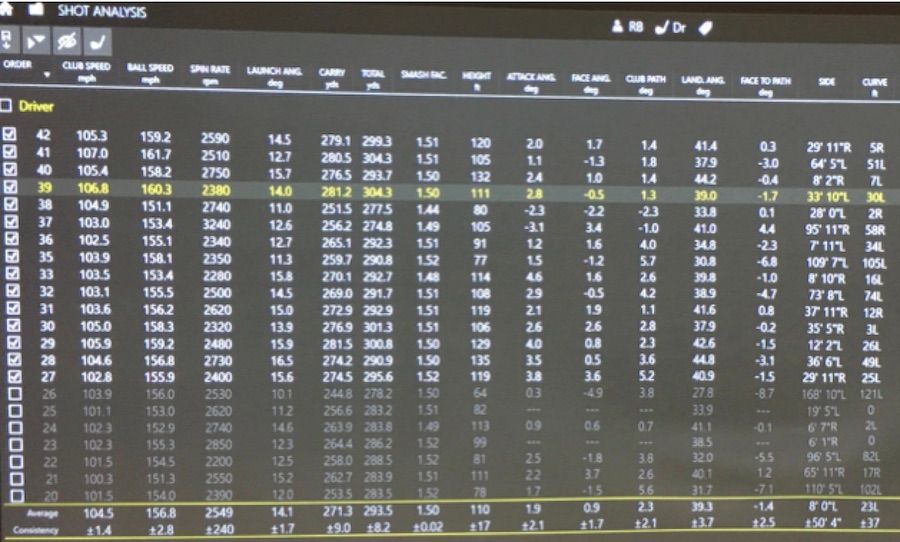
Closing Thoughts
Overall I’m extremely impressed with the Titleist TSi Drivers. The most impressive performance factor is, without a doubt, the stability of the head. Not only does it maintain ball speed on off-center strikes, but it’s also very straight and delivers notably consistent spin numbers.
These drivers have a solid, aggressive sound (notably, the sound was different between the TSi2 and TSi3) and still sport the clean, classic look that has become synonymous with Titleist Drivers.
The shaft choices are excellent and should provide plenty of good options without spending extra money on exotics. If you’re into high-end shafts, Graphite Design shafts are available at a reduced upcharge thanks to a special agreement with Titleist.
As is always my recommendation, schedule a fitting, ask questions, and don’t skip any steps. Getting the right driver for you is about chasing performance, not marketing. Happy Driving!
We care about the protection of your data Read our Privacy Policy